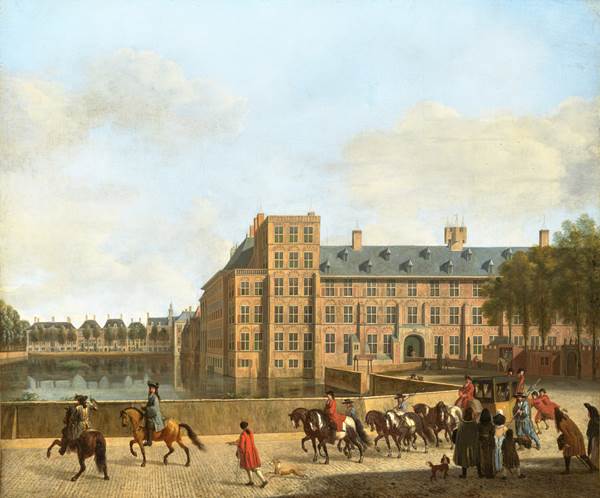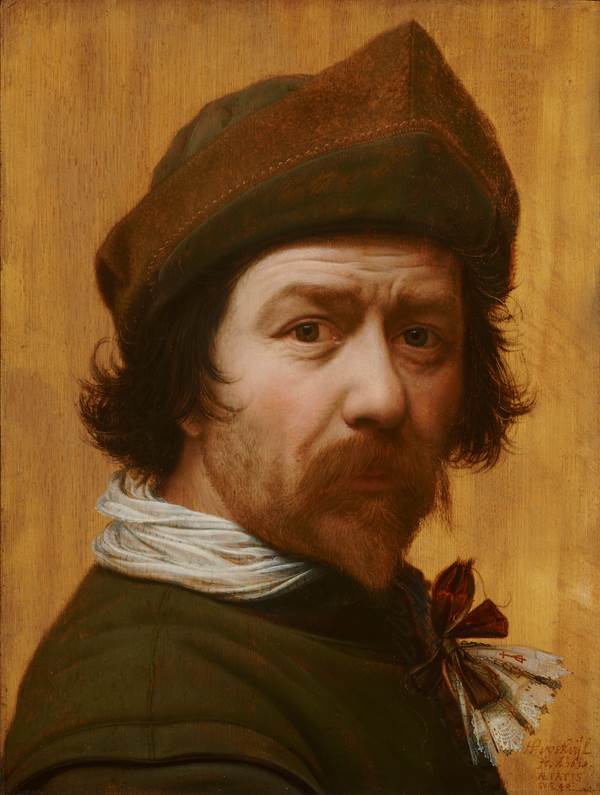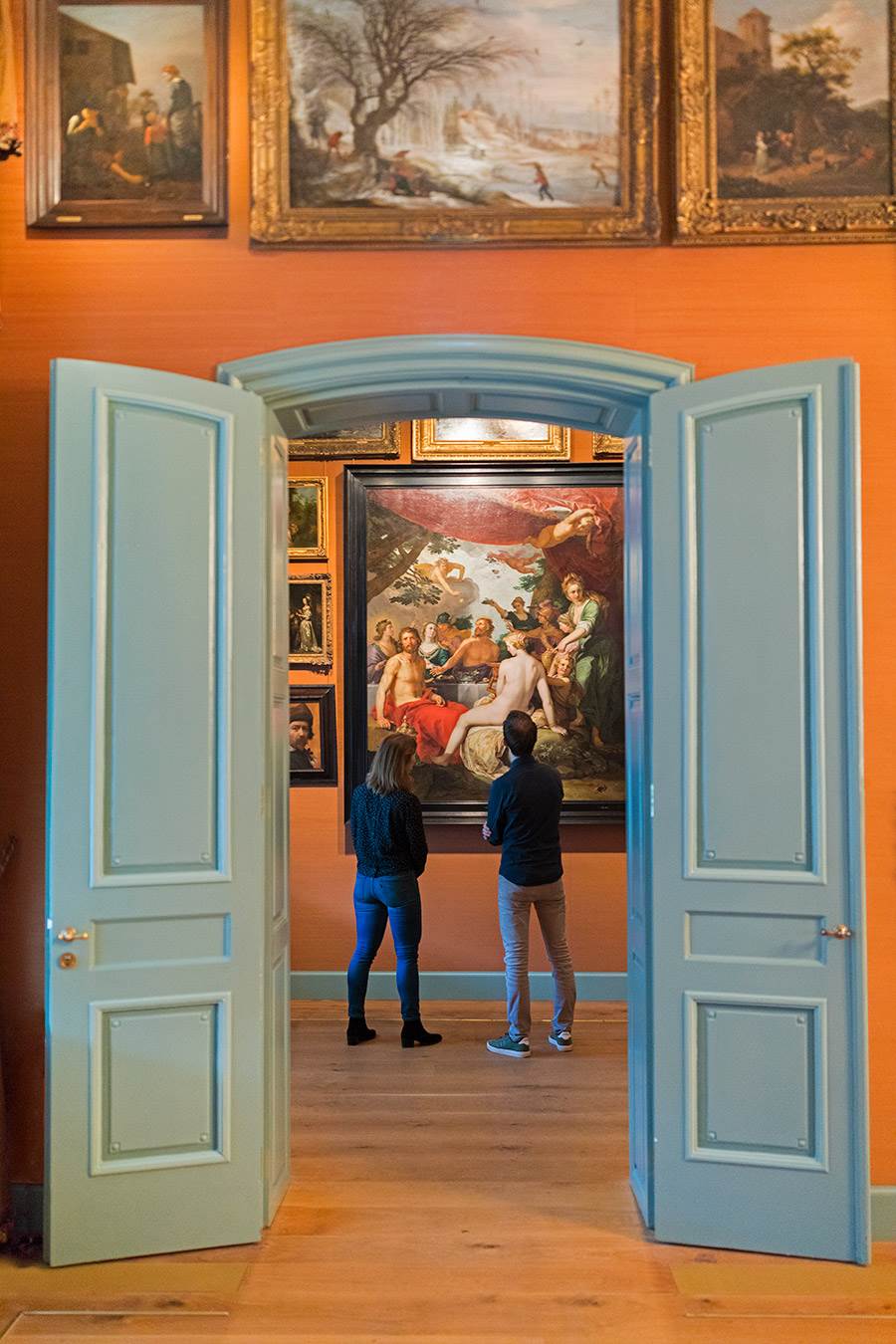
The Prince William V Gallery is one of The Hague’s hidden gems. Prince William V of Orange-Nassau had it built in 1774 so he could show his impressive collection of paintings to the public. This was a unique step – the first time a high-ranking figure had made ‘his’ art accessible to the public. It became the Netherlands’ first ever museum. At that time, it was common practice for walls to be completely covered in paintings, from floor to ceiling. Symmetry was important, but the main concern was to give an impression of opulence.
William V was a passionate collector, and always a welcome face at art auctions. He purchased his first piece of art – The Adoration of the Magi by Salomon Koninck – at the age of just fifteen. This painting is now part of the Mauritshuis collection.















